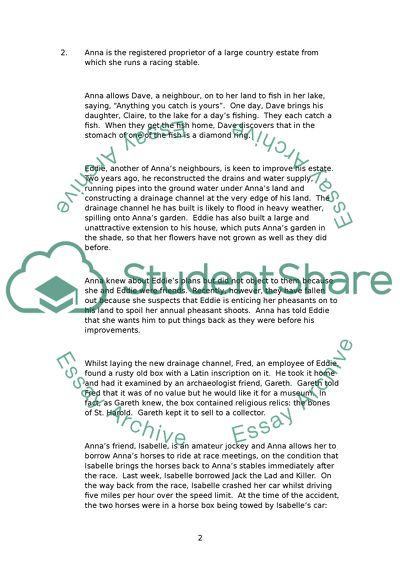Cite this document
(Discussing the Case Concerning Property Law in England Coursework, n.d.)
Discussing the Case Concerning Property Law in England Coursework. Retrieved from https://studentshare.org/law/1726215-property
Discussing the Case Concerning Property Law in England Coursework. Retrieved from https://studentshare.org/law/1726215-property
(Discussing the Case Concerning Property Law in England Coursework)
Discussing the Case Concerning Property Law in England Coursework. https://studentshare.org/law/1726215-property.
Discussing the Case Concerning Property Law in England Coursework. https://studentshare.org/law/1726215-property.
“Discussing the Case Concerning Property Law in England Coursework”, n.d. https://studentshare.org/law/1726215-property.


